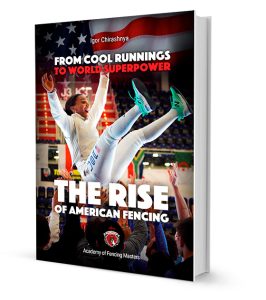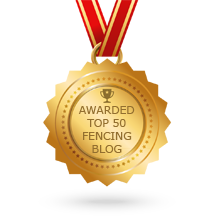You’re at a fencing competition and you’ve had an amazing day. After training really hard, you are just sweeping the floor with your opponents, gliding through the pools and blasting your way through the DE. It’s been an incredible day, and you’re so excited about the...













